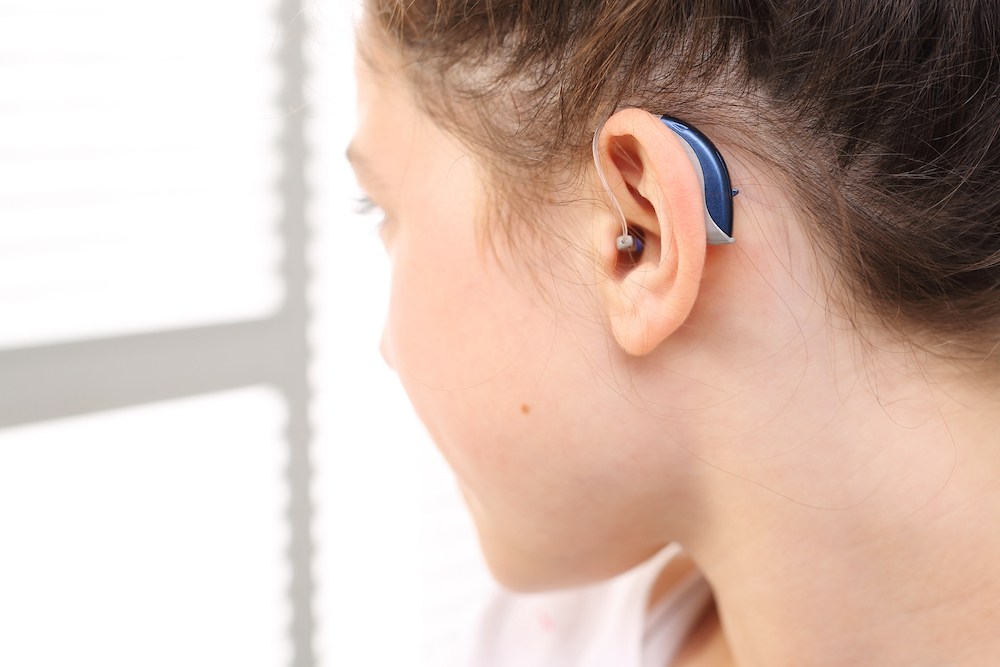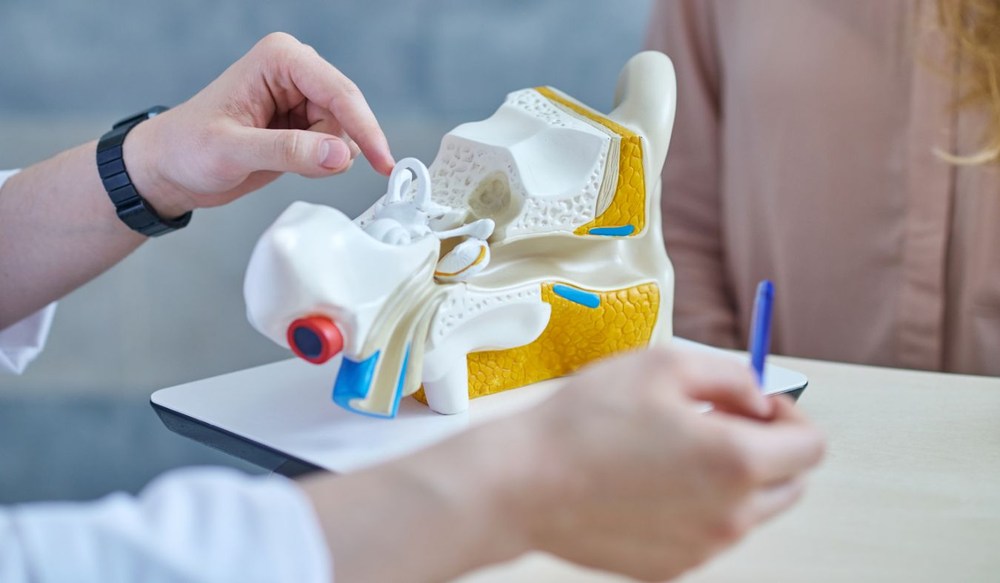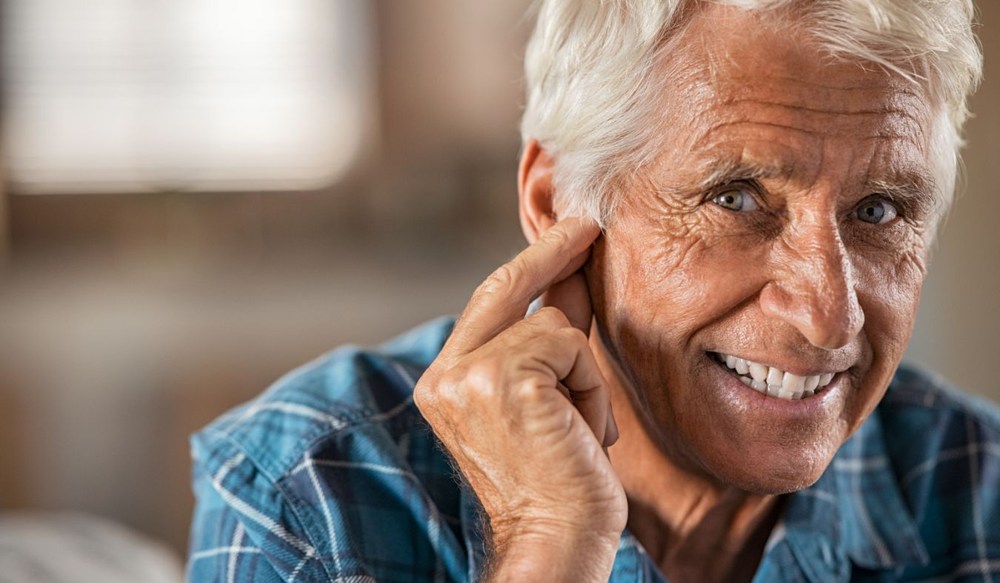How to Create a Hearing-Friendly Home Environment
Your home should feel comfortable for conversation, but hearing loss can

By: admin | September 25, 2024
Exercise plays a crucial role in a healthy lifestyle, but if you use hearing aids, it can bring some unique challenges. Sweat or excessive movement could interfere with your hearing aid’s function, which might be annoying during an intense workout. However, this shouldn’t stop you from staying active and enjoying your favourite sports or fitness routines.
Understanding how to use your hearing aids effectively while exercising is vital for maintaining excellent hearing health and ensuring a pleasant workout experience. It’s about finding the right balance between caring for your device and taking care of yourself. By following best practices for using hearing aids during exercise, you can overcome these challenges without compromising on either front.
Exercise isn’t just beneficial for your physical health, but it also plays a significant role in maintaining your hearing health. Regular physical activity can help improve blood flow to the ears, which is vital for the inner ear’s hair cells responsible for translating sound waves into electrical signals that the brain interprets as sound.
Exercise has been linked to a reduction in the risk of developing hearing loss. A study published in The American Journal of Medicine found that individuals who engaged in regular physical activity had a lower risk of developing hearing loss compared to those who led sedentary lifestyles. This emphasises the importance of staying active.
Lastly, regular exercise can also help manage stress levels. Chronic stress has been associated with tinnitus – a ringing or buzzing noise in one or both ears that may be constant or come and go. By incorporating exercise into your daily routine, you could potentially reduce stress and manage symptoms of tinnitus more effectively.
Exercising with hearing aids can present a few challenges, primarily due to moisture and movement. Sweat is one of the most common issues, as it can seep into your hearing aids and cause sound distortion or even damage internal components. Additionally, vigorous activity can cause hearing aids to shift, become loose or even fall out, disrupting your workout and requiring constant adjustment. Environmental factors, like wind or background noise in outdoor activities, can also interfere with the clarity of sound, making it difficult to stay focused or communicate effectively.
Another challenge is ensuring the comfort and security of your hearing aids during physical activity. Depending on the hearing aid style, some models may feel bulky or uncomfortable during high-impact exercises. Hearing aid wearers may also experience irritation from friction between the devices and the skin. Finding a balance between hearing aid functionality and workout intensity is key, and sometimes, additional accessories such as moisture guards or retention clips are necessary to keep hearing aids in place while maintaining optimal performance.
Sweat and continuous movement during a workout can interfere with your hearing aids’ performance, potentially causing issues with sound clarity or comfort. Moisture from sweat can seep into the devices, leading to problems like static or muffled sound, while vigorous motion might cause the hearing aids to shift or become loose. This can be particularly frustrating when you’re focused on an intense exercise session and need your hearing aids to stay secure and function properly throughout.
To counteract the effects of sweat and movement on your hearing aids during workouts, consider using sweat-resistant hearing aids or protective covers designed to shield them from moisture. You can also invest in a hearing aid dehumidifier to dry them out after exercise. Additionally, securing your hearing aids with clips or sports bands can help keep them in place during vigorous activity, ensuring they stay comfortable and functional throughout your workout.
The environment you choose for your workout can significantly impact your experience, especially when using hearing aids. This decision largely depends on personal preference and the type of exercise you enjoy.
If you prefer indoor workouts, like gym sessions or home-based exercises, you’ll likely have more control over your surroundings. You can adjust the temperature, humidity levels and noise levels to suit your comfort. Outdoor workouts, on the other hand, offer a refreshing change of scenery and exposure to natural elements. However, they may present additional challenges such as unpredictable weather conditions that could potentially affect your hearing aids’ performance. Carefully considering these factors will help you make an informed decision about where to exercise while wearing hearing aids.
Navigating physical activities with hearing aids may seem daunting, but it’s not as complex as it might appear. Different types of hearing aids perform differently during exercise, and understanding these differences can help you make the most out of your workout sessions.
Behind-the-ear (BTE) hearing aids, for instance, are generally more resistant to sweat and moisture compared to in-the-ear (ITE) models. This is because their electronic components are housed behind the ear, providing an extra layer of protection against sweat. A 2018 study by the National Institutes of Health revealed that BTE models were less likely to be affected by moisture-related issues than ITE models during physical activities.
On the other hand, ITE hearing aids offer a more secure fit since they are custom-moulded to your ear canal. This means they are less likely to fall out or shift during intense workouts. However, they may require additional care and maintenance due to their increased exposure to sweat and moisture. Regardless of which type you use, it’s essential to take appropriate measures like using sweat-resistant covers or drying kits after workouts to ensure their longevity and optimal performance.
Exercising with hearing aids doesn’t have to be a struggle. There are various accessories available that can protect your hearing aids and ensure they function optimally during your workout sessions. These essential items can make a significant difference in how you manage your hearing health while maintaining an active lifestyle.
Sweat-resistant covers, for example, are a great investment. They act as a protective barrier against sweat and moisture, keeping your hearing aids safe during intense workouts. Similarly, dehumidifiers or drying kits can be incredibly useful for drying out your hearing aids after exercise, preventing any potential damage caused by moisture build-up. Additionally, consider investing in secure clips or cords that keep your hearing aids firmly in place during physical activity, reducing the risk of them falling out or getting lost.
After an intense workout, it’s important to properly clean and maintain your hearing aids. This step is not only necessary for the longevity of your device but also for ensuring its optimal performance during your next exercise session.
Start by gently wiping down your hearing aids with a dry, soft cloth to remove any sweat or moisture. Then, use a hearing aid cleaning brush or a soft toothbrush to remove any debris from the microphone ports. Regular maintenance is key to keeping your hearing aids in top shape for all of life’s activities!
Just as you would regularly service your car to keep it running smoothly, regular check-ups with your hearing specialist are vital for maintaining optimal hearing health. These appointments are a key part of ensuring that your hearing aids continue to perform at their best, particularly if you lead an active lifestyle.
During these check-ups, your hearing professional can assess the condition of your hearing aids, make necessary adjustments and offer advice tailored to your specific needs. For instance, they might suggest certain accessories or cleaning practices that could enhance the longevity and performance of your hearing aids during exercise. While some may argue that these visits can be time-consuming or inconvenient, the benefits such as early detection of potential issues and personalised care greatly outweigh any perceived drawbacks.
Your workout routine is a personal reflection of your fitness goals and preferences. But when you have hearing aids, it becomes essential to factor in your hearing needs as well. Tailoring your workout routine to suit these needs can help ensure a smooth and enjoyable exercise experience.
The first step towards this is understanding the unique challenges you might face during workouts with hearing aids. For instance, certain activities might cause more sweat and moisture exposure for your device than others. Opting for low-intensity exercises like yoga or pilates could be a good start if you’re concerned about excessive sweat. Similarly, if your hearing aids tend to move or fall out during high-impact exercises, consider incorporating more stationary workouts into your routine like weightlifting or cycling.
The goal here isn’t to limit yourself but rather to adapt in ways that let you enjoy the best of both worlds – staying fit while taking care of your hearing health. It’s all about finding what works best for you and making those small adjustments that can make a big difference in the long run.
Living an active lifestyle with hearing aids is not only possible, but it can also be a rewarding experience. The key lies in approaching physical activities with both confidence and preparation. By understanding the challenges that come with exercising while wearing hearing aids, you can confidently participate in your favourite sports or fitness routines without compromising your hearing health.
The goal isn’t to limit yourself but rather to adapt in ways that allow you to enjoy the best of both worlds – staying fit while taking care of your hearing health. So go ahead, step out confidently into your next workout session, knowing that you’re well-prepared to handle any challenges that come your way!
Exercising with hearing aids can indeed present its own set of challenges, but it is by no means an insurmountable hurdle. With the right knowledge and tools, you can continue to lead an active lifestyle while effectively managing your hearing health. You’ve taken the first step by understanding how to use your hearing aids optimally during workouts – a testament to your commitment towards holistic wellness.
Now that you’re equipped with this knowledge, why not take it a step further? At Beltone Hearing Care Centre, our team of dedicated hearing specialists are here to provide personalised advice tailored to suit your specific needs and lifestyle. Whether you need guidance on choosing sweat-resistant covers for your devices or want more tips on maintaining optimal performance during exercise, we’re just a call away.
If you’re in Campbell River, Coquitlam, Comox, Duncan, Nanaimo, Powell River, Sidney or Victoria, BC and want to understand your available technology options, we encourage you to reach out. You can contact us and we’ll be happy to set up an appointment at one of our convenient locations!
Don’t let concerns about exercising with hearing aids hold you back from achieving your fitness goals. Reach out today and let us support you in taking confident strides towards leading an active lifestyle without compromising on your hearing health.
Tags: benefits of hearing aids, hearing aid basics, hearing aid selection tips

Your home should feel comfortable for conversation, but hearing loss can
By: admin | November 17, 2025

Your hearing test results do much more than just tell you whether you have
By: admin | September 24, 2025

When hearing becomes difficult, the right professional makes all the
By: admin | May 23, 2025